Today we will talk about the technical equipment of the faculty. Smart audiences, additional features, thought out to the smallest detail of space - all this is in our article.
Smart classroom of the faculty of GUIMC
All classes in the first two courses of study are conducted in specialized spaces. The educational complex includes: a new smart classroom, two classic classrooms equipped with special equipment, consultation zones and an office for receiving specialists.
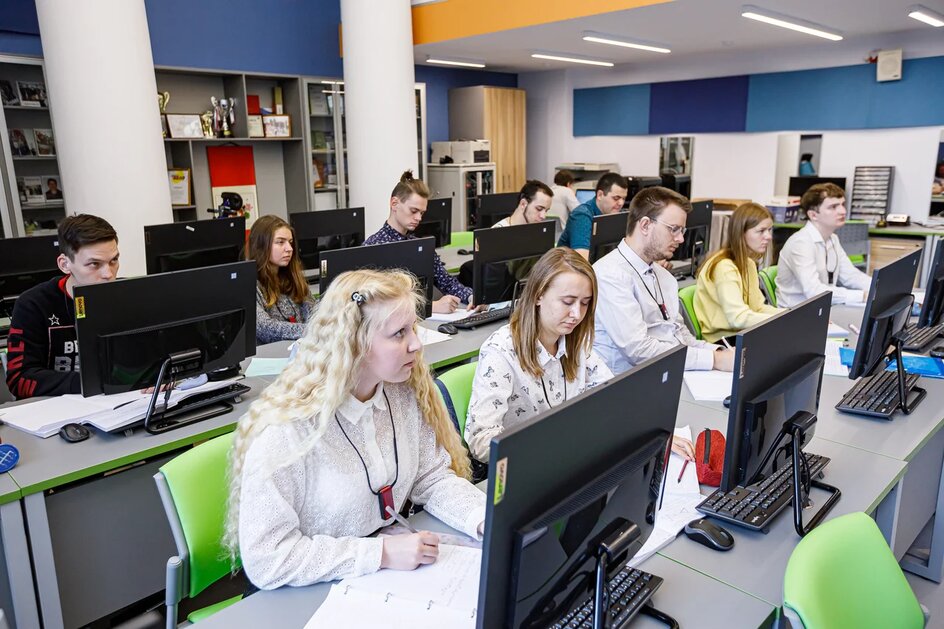
The modern auditorium for lectures and seminars is a computer class. However, it has a few interesting features. In the center, there is a speaker with a uniform sound field, which allows the sound to be distributed equally loudly in different parts of the audience. Also, students can tune their hearing aids to it and listen to the teacher's speech without any noise.

Since the audience is "smart", all control - from light to animation on an interactive whiteboard is carried out from a tablet, the work of which is controlled by a laboratory assistant present at all pairs.
The audience provides several options for displaying information. In addition to the interactive whiteboard, the office has two screens that can be used if the translator works remotely or if textual support is needed.

There is also a FabLab area in the audience, where various devices are located: a 3D printer, a drawing board, various soldering irons and tools. Here the students undergo the practical part of the training. For example, this classroom has classes in engineering graphics. After working in Autodesk Inventor, students can 3D print the designed part. Thus, the guys have the opportunity to "practically" check the work done by themselves, for example, to evaluate whether a nut is being put on a bolt or to see a model of the created parts. Hearing impaired people have some difficulties with spatial thinking, so this ability greatly simplifies the learning process.
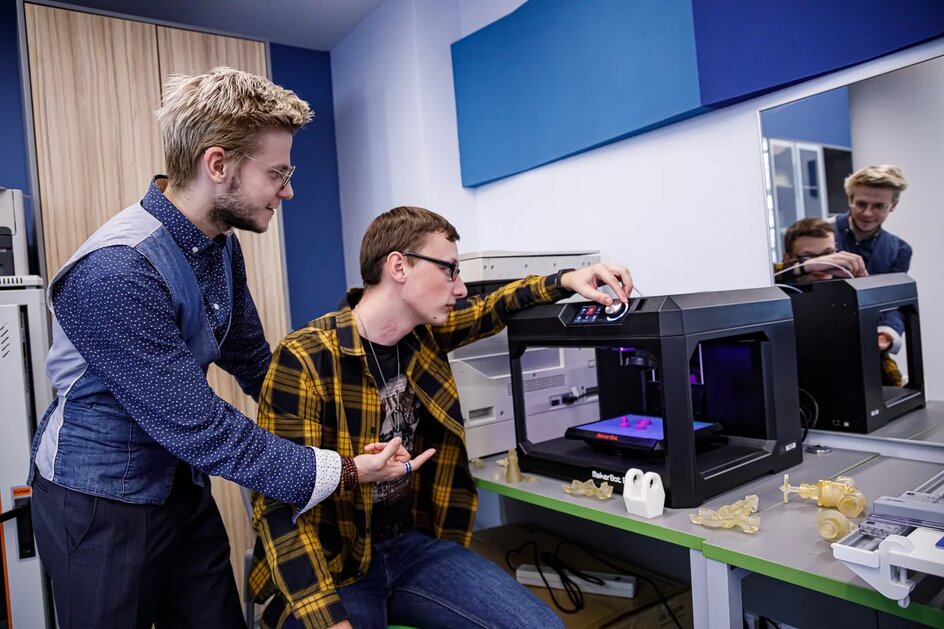
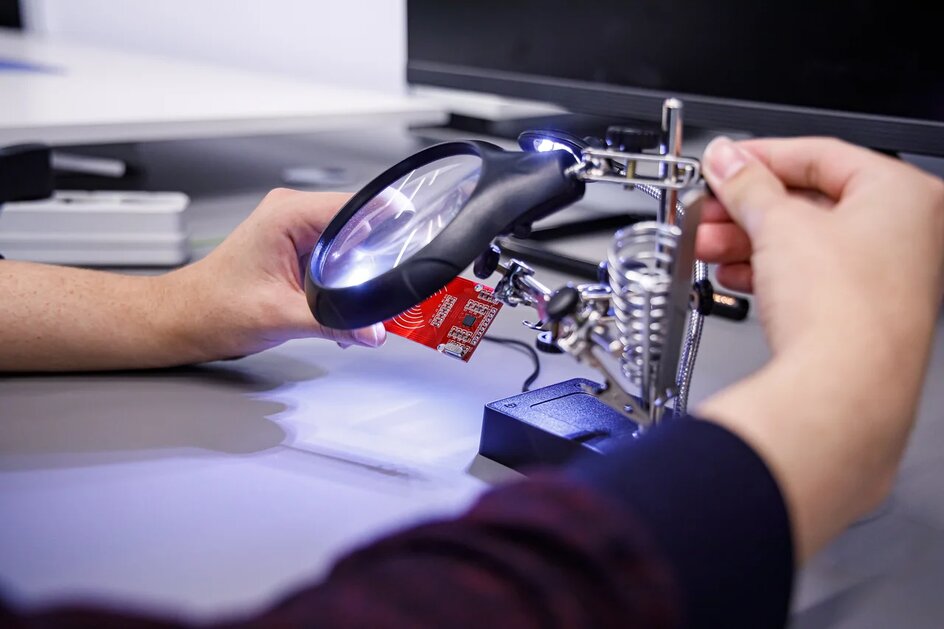
Sound-absorbing panels are installed on the walls in the auditorium, which improve the acoustics in the office. And above the interactive whiteboard there is a camera that automatically records lectures and uploads the material to the student's personal account, where everyone can study the material again after the end of the lesson.
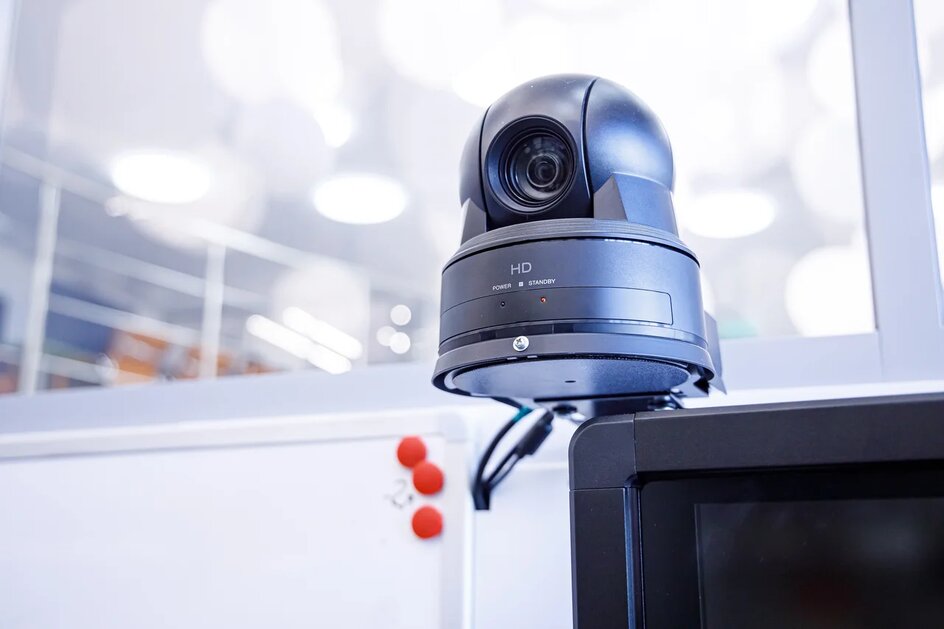
In the consultation area, students can linger after pairs to do their homework and deal with all the difficulties that arise during independent work. The space is also equipped with modern computers with the necessary software.


"Reception" by an audiologist and psychologist right at the University
The GUIMC training center has an office where consultations from various specialists take place. For example, an educational psychologist helps students in solving personal problems. An audiologist, in turn, accompanies individual technical means of students' rehabilitation: he sets up and maintains hearing aids, if necessary, selects new models, makes impressions to create inserts for various devices. During the "reception", an audiogram is drawn using the audiometer, which demonstrates at which frequencies the student hears well, and at which - poorly. Further, according to these data, individual devices of students are configured.
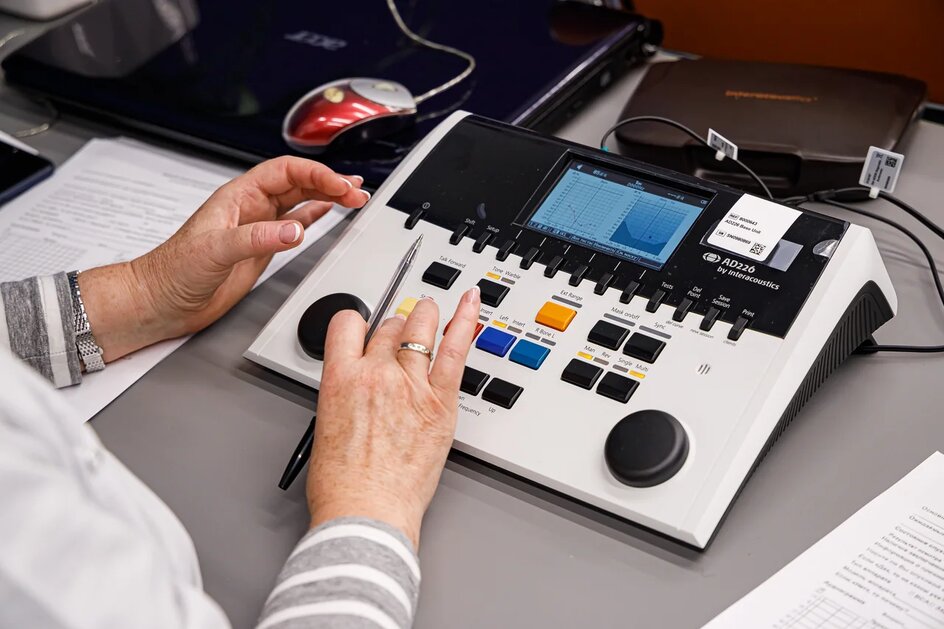
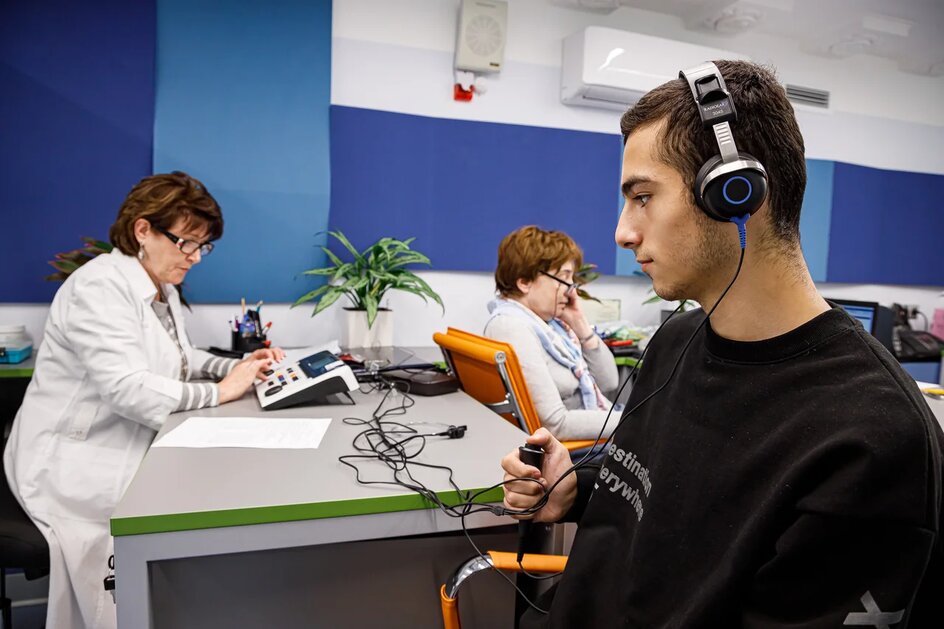
And all this happens right at the University, due to this, students do not need to travel to specialized centers to solve technical problems.
Who works at the faculty
Throughout the training, both teachers from all over the University work with students, as well as faculty members of the GUIMC, sign language interpreters and technical specialists. More about everything.
The instructors of the GUIMC teach optional disciplines: auditory-speech development, semantics of technical texts, technology of special opportunities. Also, the adaptive program includes educational, professional and social practices. In such pairs, students are taught how to correctly draw up a resume, self-presentation skills, familiarize themselves with the labor market and "pump" the soft skills of future engineers.
Teachers of classical disciplines come from different departments and teach students the fundamental sciences, but at the same time they take into account the peculiarities of conducting pairs in these groups: they read the material more slowly, do not turn their backs and use other "life hacks".
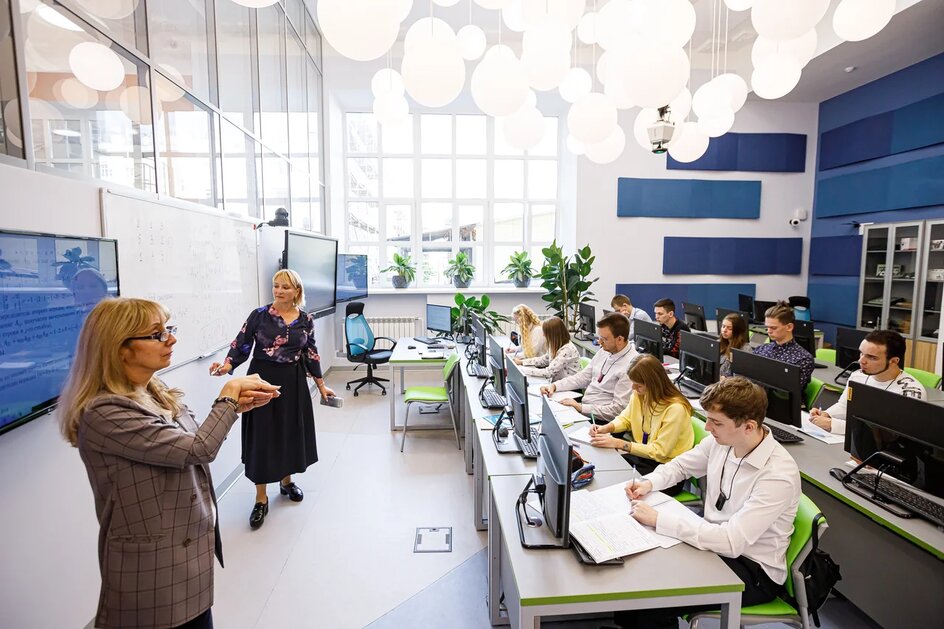
Also, the Center employs special tutors who conduct additional consultations with students in mathematics. Any student can come up and ask a question of interest or ask for help in solving this or that task.
Sign language interpreters accompany the teachers during the lessons. The faculty currently employs 13 translators. This is the largest team among all universities where students with hearing impairments study. Over the long years of work at MSTU, translators have even developed a technological base for gestures in engineering terms. For example, the term "diffraction" can be understood by any student of the faculty thanks to sign language.

In the next article, we will show you how student life at the faculty proceeds, tell you how the process of employment with graduates goes and share their successes. Stay tuned and don't miss out on new articles!